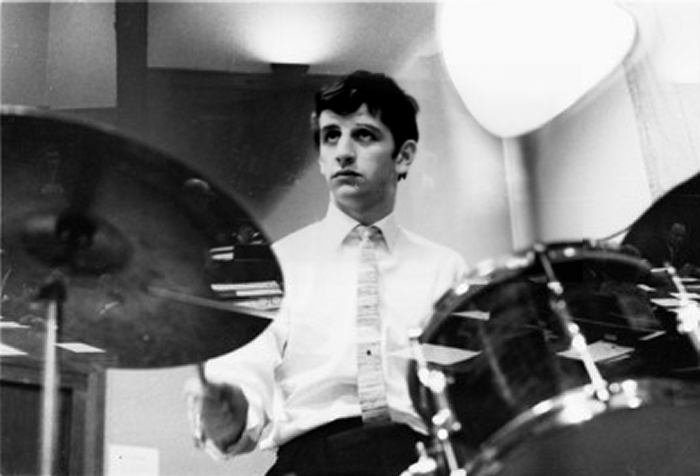

The Ed Sullivan Show changed the lives of millions of Americans. “I’ve been a Beatles fan for 47 years. I was halfway through my first year of college when, on February 9, 1964, about 20 guys crowded around a tiny black and white TV screen in our dorm to watch a popular Sunday evening variety show hosted by a rather odd-looking man with strange diction named Ed Sullivan. But when he pointed to his left and shouted, “The Beatles!” everything, everything changed. A theater full of teenaged girls screamed nonstop while these 4 young guys, barely out of their teens themselves, sang four songs.
After the Assassination
“A lot of parents were horrified, probably flashing back on the terrible influence of Elvis just a few short years before. But the whole nation, in an extended period of mourning after a young, charismatic President had been assassinated not three months earlier, may have experienced its first sense that perhaps things could begin to be OK again.
The Beatles Conquered America
“In the summer of ’64 the Beatles conquered America in earnest, hopscotching coast to coast with a series of concerts that would pale in comparison to the huge, elaborate stadium shows of today. One of the venues was a modest arena within walking distance of the working class section of Cincinnati where I grew up. I got tickets to the concert, and my younger brother and I walked there to become part of an audience of around 15,000 people that sounded and acted exactly like the kids at Ed Sullivan’s show.
Blood-Curdling Scream
“In fact, when the Beatles took the stage, the girl sitting behind me let out a blood-curdling scream directly into my right ear, and the whole 45 minute or so show was filtered through a tinnitus-like haze. But it was……perfect.
“I came of age with the Beatles, accompanied by them through the turbulent Sixties as they creatively grew and evolved in astounding leaps – absorbing, integrating, mirroring, influencing, leading. I loved their music, always have, and loved the last side of their last album the most of all. To this day, despite loving so many of their songs, I still love the Abbey Road medley above all the others.
The Beatles as Musicians
“Flash forward 41 years. After a career as a high school counselor, followed by a 30-year career as a professor of counselor education, I sat in on the first-ever offering of my colleague Paul Vance’s course “The Beatles as Musicians.” The Beatles always had been a big presence in my life, but this class was like receiving a high-potency transfusion. All the memories, all the joy that the Beatles had brought to my life, came rushing back; and in my retirement a burst of increased curiosity and creativity took me over.
Major Research
“All four of our kids were launched, and I committed to a major research project on the Abbey Road medley. It finally was published in February 2020 on the Beatlefan Magazine website**…..just as it was beginning to dawn on the United States and the entire world that there may be a serious global pandemic to contend with.
“And exactly one month later, after agonizing about whether there was anything I could do to be of help to people so stressed and worried about the relentless coronavirus pandemic, I decided to send out a Beatles song as a little uplifting gift to a small group of family and friends. I’ll include it below. But I’ll close by summarizing that the list of recipients grew bit by bit until over 220 people were hearing from me every day with a different Beatles song – every day until early in December of 2020, when I had randomly sent every Beatles song I could find, early and late, mainstream and obscure, hits and demos. It was a labor of love. It helped me to survive the pandemic. And I heard throughout those months that it helped others survive it as well by providing little upbeat vacations from the anxious times.
This Should Be A Book!
Many recipients kept saying, “This should be a book!” And except for of making the focus the more generic “any challenging time” instead of “the Covid pandemic,” that is the book that grew out of my lifelong love of the Beatles. It was published as an ebook on Amazon in June of 2021: When We Find Ourselves in Times of Trouble: The Beatles (All Their Songs with Encouraging Words for Challenging Times. I hope you enjoy it.
Tim Hatfield
















